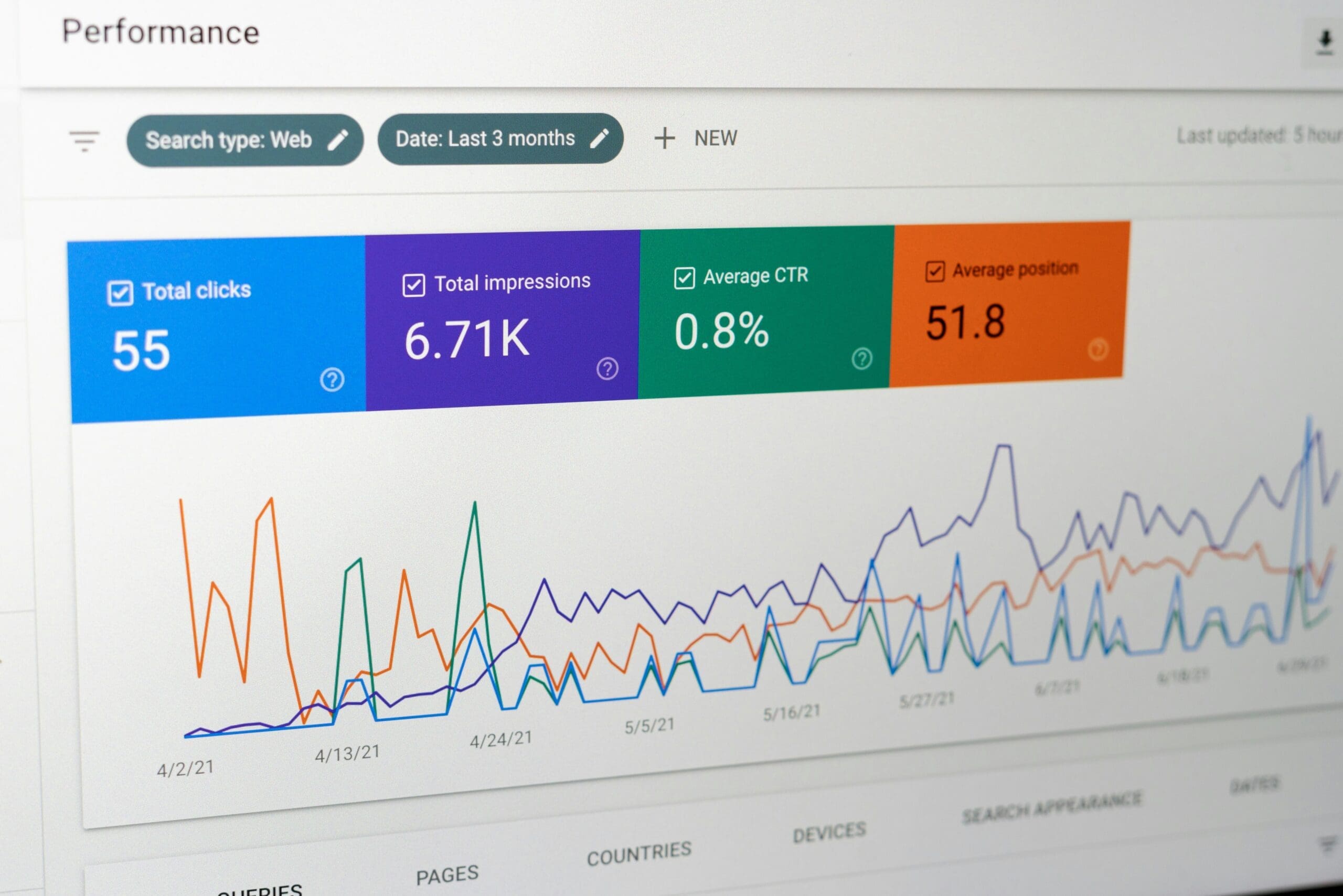Digital Marketing: The Invisible Force That Can Make or Break Your Business

Our client needed a brand refresh to better reflect their evolving business values and appeal to a younger demographic.
In the digital age, your online presence is your storefront, first impression, and competitive edge — all rolled into one. Whether you’re running a startup, local service, or global brand, digital marketing is no longer optional — it’s foundational.
From Google Business Profile optimization to Local Services Ads (LSA), PPC campaigns, SEO, and CRO, each component plays a critical role in visibility, credibility, and conversions. When executed right, digital marketing can drive traffic, generate leads, and grow revenue. But when ignored or mismanaged, it can leave your business invisible in a crowded marketplace.
The Digital Marketing Strategy: Your Digital Blueprint
Before launching campaigns, a strong marketing strategy sets the direction. It’s the plan that connects your product or service with the right audience, through the right channels, at the right time.
Key elements of a smart marketing strategy:
Clear business goals (brand awareness, lead generation, sales)
Defined target audience and buyer personas
Competitive analysis
Budget allocation
KPIs and success metrics
Purpose: Align efforts across SEO, PPC, LSA, and CRO to ensure every action leads toward your business goal.
Make or Break Impact: Without a strategy, your efforts are scattered. With it, your campaigns work together to drive real, measurable results.
1. Google Business Profile Optimization: Be Found Locally
When people search for a service near them — like “plumber near me” or “best coffee shop in [city]” — your Google Business Profile (GBP) is often their first impression.
An optimized profile includes:
Up-to-date NAP (Name, Address, Phone)
High-quality photos
Accurate business hours
Keyword-rich business descriptions
Active review management
Purpose: Boost local visibility, appear in Google Maps and local 3-packs, and establish trust with potential customers.
Make or Break Impact: A missing or unverified profile can mean losing business to competitors who do show up.
2. Local Services Ads (LSA): Pay for Verified Leads
LSAs sit at the top of search results and only charge when a lead reaches out — ideal for local service providers.
Why it matters:
Google “Guaranteed” badge increases trust
You only pay for real leads, not impressions or clicks
Impact: Without LSAs, you’re missing out on the most high-intent leads in your local market.
3. PPC (Pay-Per-Click): Instant Traffic, Smart Targeting
PPC ads, like Google Ads or Bing Ads, help businesses get in front of the right people immediately.
Advantages:
Keyword targeting by search intent
Geo-targeting and device filtering
Measurable ROI and performance data
Impact: Poor PPC management drains your budget. Properly optimized PPC fills your sales pipeline fast.
4. SEO (Search Engine Optimization): Long-Term Organic Growth
SEO is the foundation of long-term digital visibility. It ensures your website ranks well in search results without paying for every click.
SEO includes:
Technical SEO (site speed, indexing)
On-page SEO (keywords, meta tags, internal linking)
Off-page SEO (backlinks, local citations)
Impact: A well-optimized site becomes a consistent lead generator. Poor SEO leaves your site buried on page 5.
5. CRO (Conversion Rate Optimization): Turn Clicks into Customers
Getting traffic is only half the battle. CRO ensures visitors take action once they land on your site.
Effective CRO includes:
Fast-loading, mobile-friendly pages
Clear CTAs (calls to action)
A/B testing and heatmaps
Trust signals like testimonials and secure checkout
Impact: Without CRO, your traffic bounces. With it, your ROI soars.

How Strategy Ties It All Together
Think of your marketing strategy as the thread that weaves all of these efforts into one unified engine. It answers key questions:
Who are we targeting?
What platforms do they use?
What actions do we want them to take?
How do we measure success?
With a solid strategy, every campaign supports the next — your SEO builds authority, your PPC captures immediate leads, your CRO increases conversions, and your GBP/LSA dominate local results.
Traditional Marketing: Still Relevant, Still Powerful
While digital marketing dominates today’s conversations, traditional marketing still plays a vital role — especially in brand awareness and offline communities.
Examples:
TV & radio ads
Print media (flyers, newspapers, magazines)
Billboards and signage
Direct mail campaigns
Trade shows and events
Strengths of traditional marketing:
Wider reach across less tech-savvy audiences
Local branding with physical presence
Complements digital campaigns in omnichannel strategies
Impact: Used smartly, traditional marketing increases brand recall and top-of-mind awareness, especially when paired with digital follow-ups (like QR codes, vanity URLs, or social handles).
Craft A Story That Works
Craft a Story
Final Thoughts: Strategy > Tactics
Marketing is not about doing everything — it’s about doing the right things at the right time.
Digital tools like SEO, PPC, CRO, and LSAs offer precision and speed, while traditional methods provide mass visibility and emotional connection. A well-rounded marketing strategy harnesses both — driving real growth, not just clicks.
Don’t just show up. Show up smart. And everywhere your customer is.



